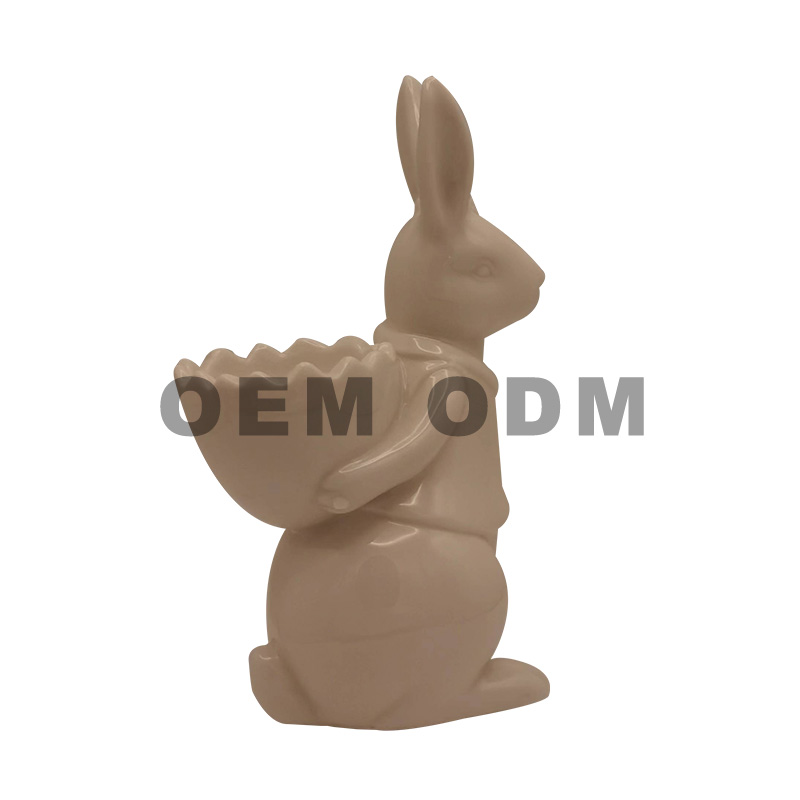Considerations related to ceramic decoration
2023-11-16
Ceramic decoration involves various techniques and processes used to enhance the aesthetic appeal of ceramic objects. Ceramics, which include pottery, porcelain, and other clay-based materials, offer a versatile canvas for artistic expression. Here are some common techniques and considerations related to ceramic decoration:
1. Glazing:
- Overview: Glazing is a fundamental ceramic decoration technique that involves applying a liquid glaze to the surface of a ceramic object. The glaze is a mixture of minerals and additives that, when fired in a kiln, forms a glassy, protective coating.
- Types of Glazes: Glazes come in various types, including transparent, opaque, matte, glossy, and textured. They can be applied using different methods such as dipping, brushing, or spraying.
- Decorative Effects: Glazes can be used to achieve various decorative effects, including vibrant colors, gradient transitions, and intricate patterns.
2. Underglaze Painting:
- Overview: Underglaze painting involves applying colored pigments directly to the unfired or bisque-fired ceramic surface before glazing. This technique allows for detailed and precise designs.
- Brushwork: Artists often use brushes to paint designs, scenes, or patterns onto the ceramics. The application can be single-colored or multicolored, and artists may layer multiple coats for depth.
3. Overglaze Painting:
- Overview: Overglaze painting occurs after the initial glaze firing. Pigments or enamels are applied on top of the glazed surface, and the piece is fired again at a lower temperature to set the overglaze decoration.
- Gold and Luster Overglazes: Artists may use overglazes containing metallic elements like gold or luster to achieve a shiny, reflective finish.
4. Sgraffito:
- Overview: Sgraffito is a decorative technique where a layer of contrasting colored slip (liquid clay) is applied to the ceramic surface, and then, while still wet or leather-hard, the top layer is scratched away to reveal the underlying color or clay body.
- Detailed Designs: Sgraffito allows for intricate and detailed designs, and artists can create both bold and delicate lines by varying the pressure of the scratching tool.
5. Carving and Incising:
- Overview: Carving involves removing portions of the clay to create patterns or relief designs. Incising is a technique where lines or designs are cut into the surface of the clay.
- Textural Elements: Carving and incising add texture and depth to the ceramic surface. These techniques are often combined with other decoration methods.
6. Slip Trailing:
- Overview: Slip trailing involves applying liquid clay (slip) through a fine nozzle or tube onto the ceramic surface. This technique can be used to create raised lines, dots, or intricate patterns.
- Emphasis on Texture: Slip trailing is an excellent way to emphasize texture and create three-dimensional effects on the surface of ceramics.
7. Majolica:
- Overview: Majolica is a traditional technique where brightly colored, opaque glazes are applied over a white glaze. This method creates a smooth, glossy surface ideal for detailed painting.
- Historical Significance: Majolica has historical significance and is often associated with decorative ceramics from the Renaissance and later periods.
8. Decals and Transfers:
- Overview: Decals and transfers are pre-printed images or designs on paper that can be transferred onto the ceramic surface. This allows for intricate and detailed images that may be challenging to achieve by hand.
- Photographic Quality: Decals are capable of reproducing photographic-quality images on ceramics.
Ceramic decoration is a blend of traditional craftsmanship and artistic innovation. Artists and artisans use these techniques to create a wide range of functional and decorative ceramic objects, including pottery, dishes, tiles, figurines, and art pieces. The choice of decoration method often depends on the artist's intent, the desired aesthetic, and the functional considerations of the ceramic piece.



